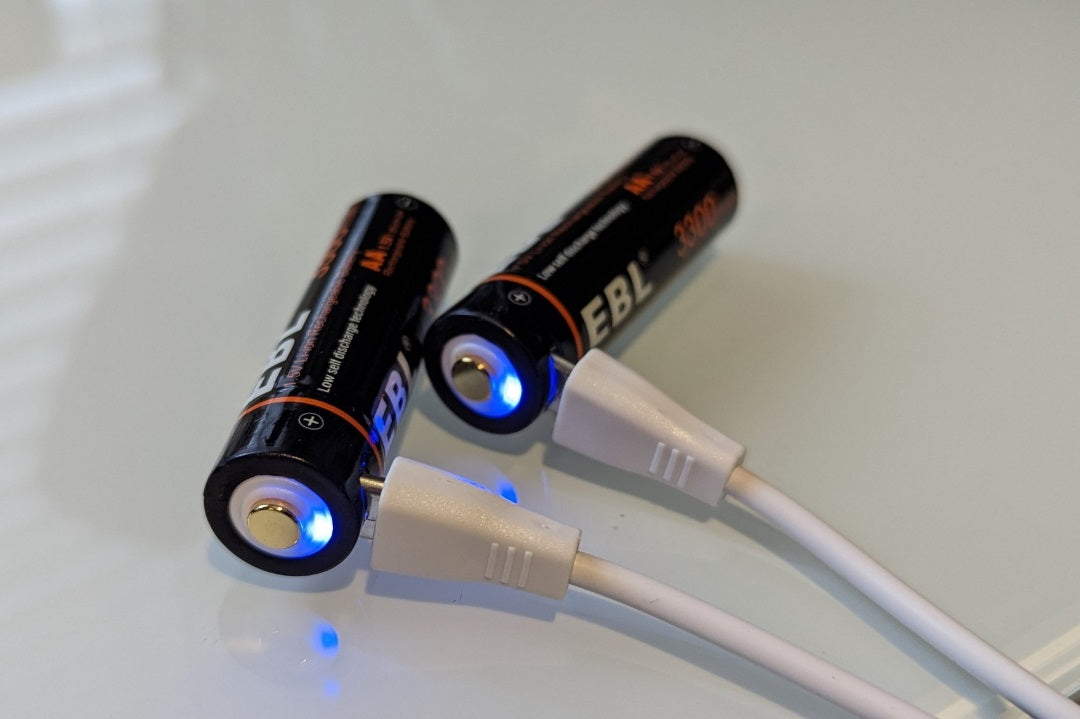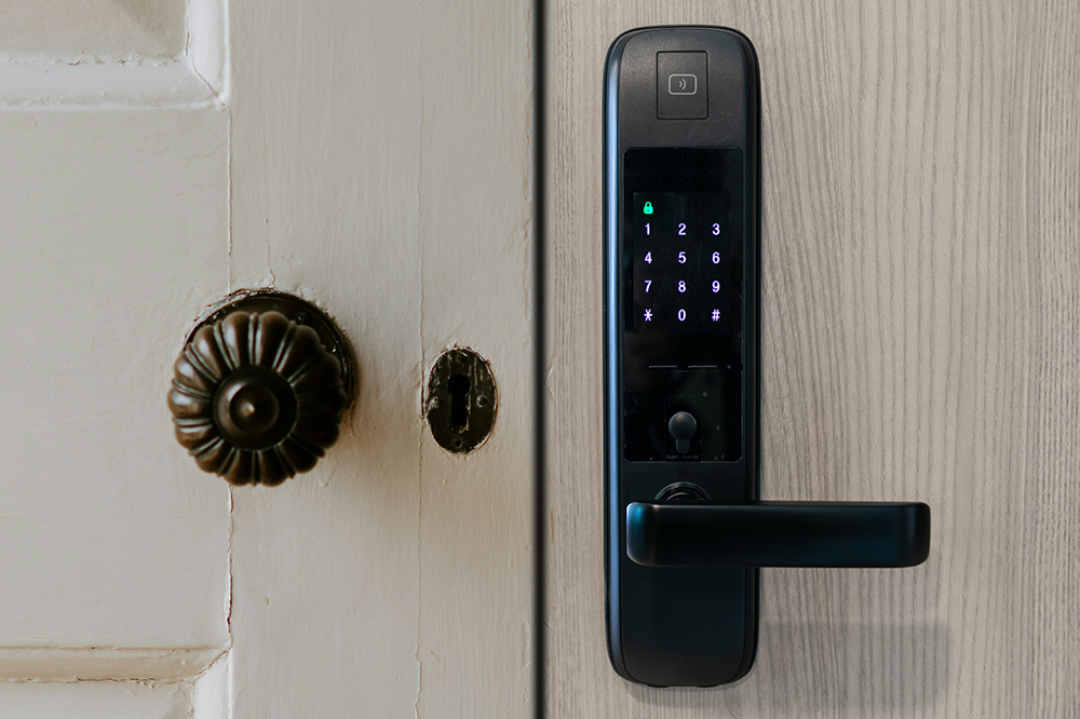Trail or hunting cameras are an essential tool for wildlife enthusiasts, hunters and photographers. They’re motion-activated and equipped with night vision, allowing you to catch glimpses of animals in their natural habitat, day or night. Whether you're tracking deer, scouting hunting spots, or just curious about what critters roam your backyard, trail cameras give you a sneak peek into the secret lives of wildlife. Once set up, they will capture an image or video of everything that passes by motion detection. They function as long as they’re powered which is a challenge especially because they’re either entirely battery operated or with added solar panels to charge the batteries.
Power that lasts
A trail camera for hunting can be left in a location for weeks before you return to it, so the battery needs to have the capacity to last. The reason behind this being that the way a trail camera uses power is unique. For the most part, they have a low power draw, usually just an infrared sensor to detect movement and only starts captures when there is motion detected. You might think that even a basic non-rechargeable alkaline battery would suffice for a week or so under these conditions. However, when the camera detects movement, it takes an image which is usually accompanied by an IR flash to light the subject which will consume battery. Many hunting trail cameras also record a short video at this point. Both the flash and video recording require the maximum voltage from the battery, and this is where the challenge arises.
- A typical trail camera might consume between 0.5 to 1.5 watt-hours per day, depending on the frequency of motion detection and additional features like night vision and video recording. (Source: Trail Camera Review)
- The average lifespan of a trail camera’s battery can range from 1 to 6 months, depending on the battery type and the camera's power consumption. (Source: Outdoor Life)
Alkaline Batteries for your Trail Camera
A typical alkaline battery will see its voltage reduce as it drains. So, after a week or so especially with newer trail cameras with more advanced features like high-definition video recording, infrared night vision, and fast trigger speeds you’ll have a bricked trail camera and make a visit on the site to replace them. Generally, you want to minimize going to your site which risks leaving your scent or spook animals from going to that area which you don’t want either. Cheap batteries may not have enough power to trigger the flash or allow for high def video recording. That means you might miss some good footage especially at night when you need that flash the most.
In addition, alkaline batteries can lose as much as half their capacity when exposed to cold temperatures. Depending on where you are, your hunting trail cameras may experience these temperatures at night.
- Alkaline batteries lose about 20% of their power at temperatures of 50°F (10°C) and can lose up to 50% in freezing temperatures. (Source: Battery University)
- The voltage of an alkaline AA battery drops from 1.5V to around 1.2V after about 50% of its capacity has been used. (Source: Energizer)
What About NiMH Rechargeable Batteries ? Affordable but Flawed
The cheapest way to access rechargeable batteries are by getting NiMH batteries for sure. It may seem like the perfect solution but they have a lower working voltage than standard 1.5-volt AA batteries, at 1.2 volts, and this can be a problem too. Modern hunting cameras have several failsafe systems and monitor for low voltage, associating it with power failure. When they detect that even freshly charged NiMH batteries register less than the expected 1.5 volts, many trail cameras will simply shut down. NiMH batteries are also affected by temperature, with any temperature above 90 degrees reducing their capacity. Depending on where you're using the cameras, this could also be an issue.
- NiMH batteries have a voltage of 1.2V, compared to the 1.5V of standard AA batteries. (Source: Energizer)
- NiMH batteries can lose up to 20% of their capacity in temperatures above 90°F (32°C). (Source: Battery University)
-Modern trail cameras with voltage detection systems may shut down if they detect less than 1.4V from NiMH batteries. (Source: Trail Camera Review)
For hunters and wildlife enthusiasts who set up trail cameras in diverse environments, from hot summer days to freezing winter nights, this temperature sensitivity can be a major drawback. Unlike lithium batteries, which perform reliably in both cold and hot conditions, NiMH batteries may fail to operate efficiently in the same scenarios. Let’s take a look at them below!
Li-Ion Hunting Camera Batteries
With plenty of power, large capacity and the ability to maintain good voltage, Li-ion rechargeable batteries have none of the issues that other battery types suffer from. As a result, they are ideally suited to use in trail cameras, providing the long life that allows them to keep operating for weeks, and the high voltage capability to power flashes, videos and so on when needed.
- Li-Ion batteries have a typical shelf life of 2 to 3 years and can be recharged up to 500 times. (Source: Battery University)
- Li-Ion batteries perform consistently across a wide temperature range, from -4°F to 140°F (-20°C to 60°C). (Source: Energizer)
Li-Ion batteries are also immune to temperature effects. The chemical makeup of the batteries works in any environment you may put them, maintaining the same performance all year round regardless of temperature. You can even get these batteries with built-in USB charging, so you don’t need to haul chargers around on the trail with you either.
Because Li-Ion batteries are designed to hold a charge for extended periods, even if you leave your camera in place for weeks, you can trust it will still have the power to capture those critical moments when wildlife passes by. Whether you're tracking game patterns or waiting for that perfect shot of a critter in your backyard, your camera will be ready.
Non-rechargeable Lithium batteries share a similar performance profile with the Li-Ion rechargeable,so if you are looking for a single-use battery, a lithium hunting camera battery is also the perfect choice.
If you’re the type that prefers simplicity and because these batteries are single-use, they eliminate the need for recharging equipment, making them more convenient for extended field use. You can simply replace the batteries when they are depleted without the hassle of carrying chargers or waiting for batteries to recharge.
- Non-rechargeable lithium batteries have a shelf life of up to 10 years. (Source: Energizer)
- They maintain a voltage of 1.5V and perform well in extreme temperatures, ranging from -40°F to 140°F (-40°C to 60°C). (Source: Battery University)
Conclusion
While NiMH batteries offer the advantage of being rechargeable and environmentally friendly and alkaline batteries being cheap, their lower voltage output, temperature sensitivity, high self-discharge rate, heavier weight, and limited shelf life make them less ideal for use in hunting trail cameras. These downsides will lead to unreliable performance, missed captures, and ultimately, a less effective trail camera setup. For those who require dependable power in varying conditions, lithium batteries are generally a better choice, providing the reliability and longevity needed for effective wildlife monitoring.
To determine which battery you need, it's important to understand your options. You can check out our article, "Rechargeable vs. Non-Rechargeable Batteries: Which Should You Use?"
Check Bob Zak's 2022 publication "Rechargeable Li-Ion AA Batteries for Trail Cameras" for our EBL Li-Ion USB Rechargeable AA Batteries.





Leave a comment
All comments are moderated before being published.
This site is protected by hCaptcha and the hCaptcha Privacy Policy and Terms of Service apply.